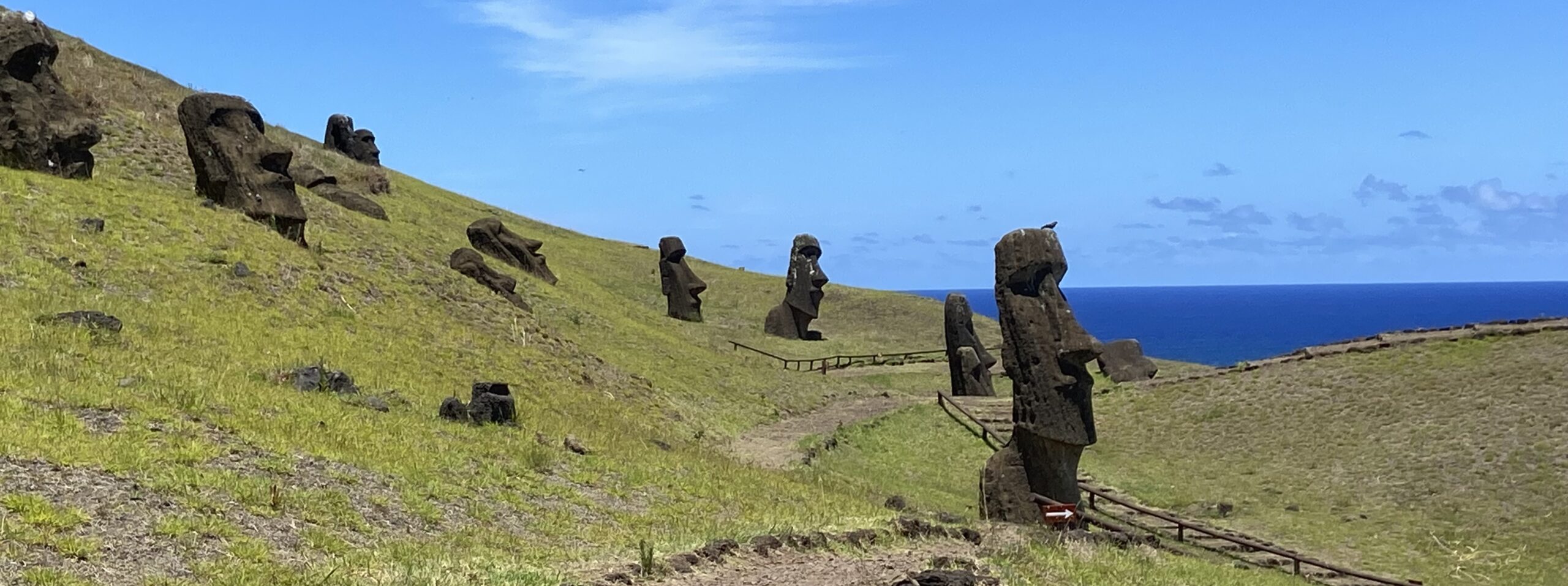
Provenance and Cultural Heritage
Provenance (an object’s history once it is in a collection) and Cultural Heritage
(tangible and intangible assets belonging to a group or society that is inherited from earlier generations) are inter-related issues. Looting, or treasure hunting–whether that be the desecration of an archaeological site or the systematic targeting of objects held in public or private collections–opens the door to the displacement of objects, often moving paintings, sculpture, pottery, and even architectural columns or building facades, far from their places of origin. To return (or repatriate) these objects to their places or cultures of origin can be a complex and time-consuming endeavor. Establishing an object’s provenance is, in many cases, an essential step in the repatriation process.
Seven Andean vessels, exported illegally
Seven ancient Peruvian ceramic vessels, confiscated at John F. Kennedy International Airport on August 5, 2009, allowed me to connect the dots between objects and their places of origin. The shipment had been sent by German collector, Anton Roekel, via Switzerland, to the New York-based collector, Daniel Rifkin. Acting on a tip from law enforcement, the shipment was opened and inspected, revealing artifacts from Peru that had been illegally exported to the United States. US Customs officials alerted Roekel that his shipment had been detained. If the pieces proved to be authentic, the next question to resolve would be when these pieces left Peru and entered Roekel’s collection.




